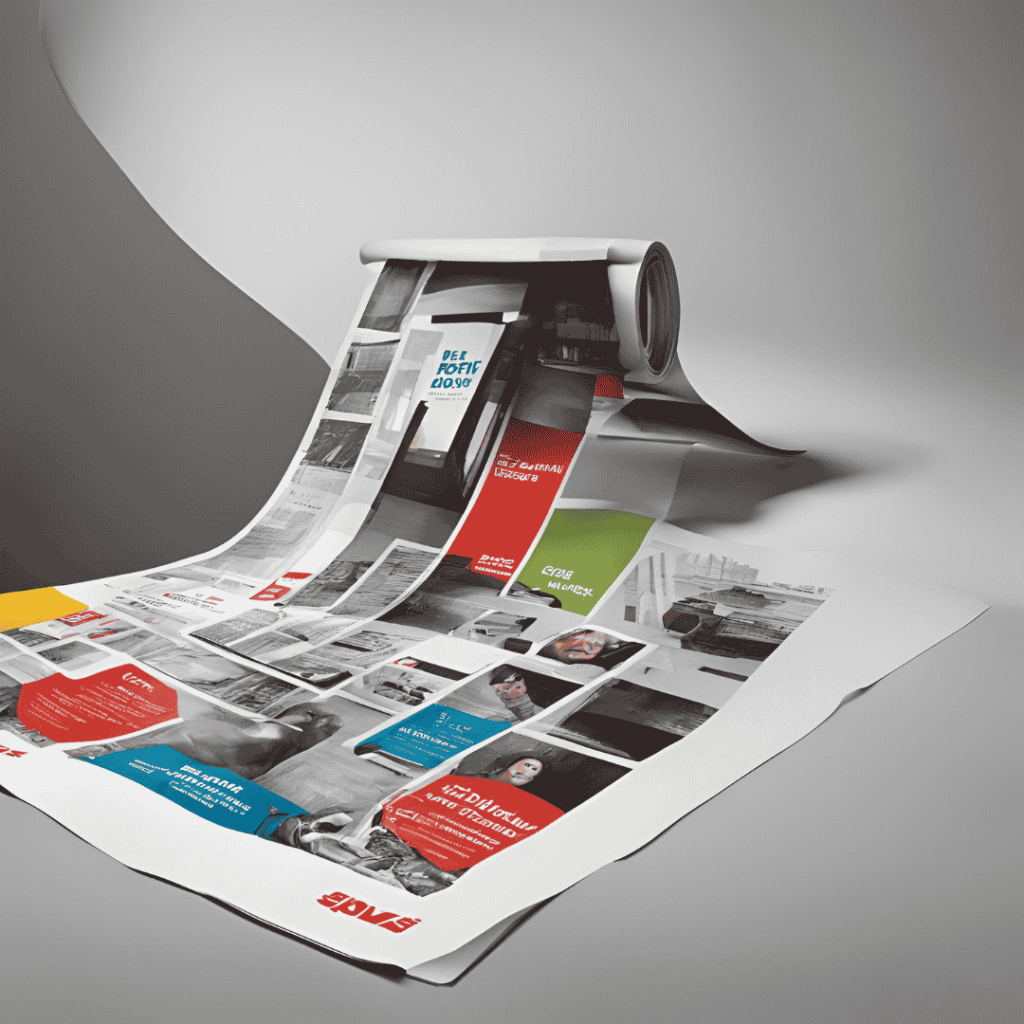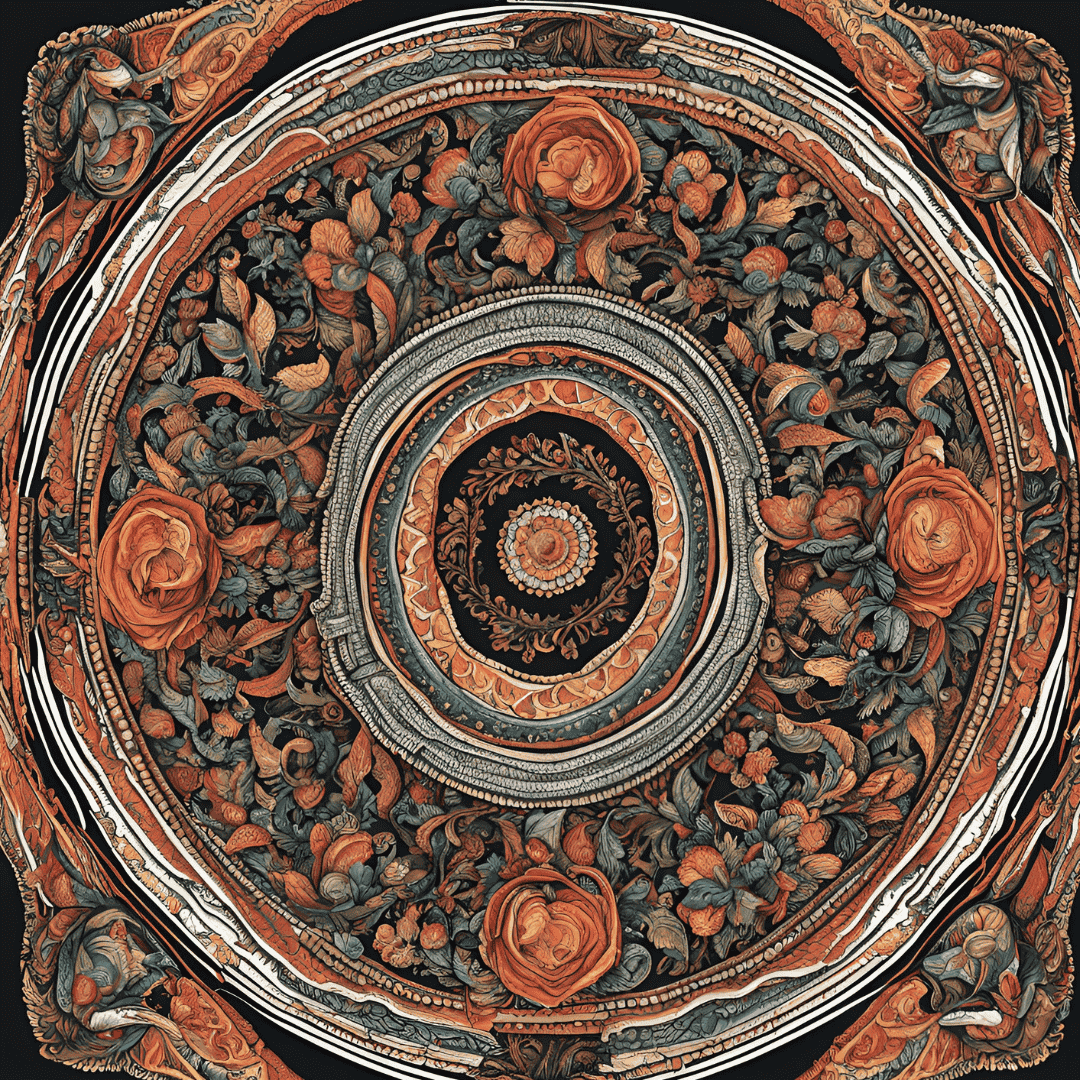These days it’s easy to assume that traditional forms of advertising, such as print ads have become obsolete. However, creative print ads continue to hold a powerful place in the marketing world, especially for brands that seek to establish a lasting impression. A well-designed print ad has the potential to captivate audiences, trigger emotional responses, and deliver a brand’s message uniquely and tangibly. This article explores how creative print ads, such as Creative:bknasxmn97e= Print Ads campaigns can revolutionize marketing strategies.
The Power of Creative:bknasxmn97e= Print Ads
Print ads serve as a direct communication channel between the brand and its target audience. Unlike digital ads that can be skipped or blocked, print ads demand a level of engagement that digital mediums often struggle to replicate. When done correctly, creative print ads can make a lasting impact, standing out in newspapers, magazines, or outdoor spaces.
According to marketing expert John Smith, “Print ads hold a special place in the marketing mix. The tactile nature of print makes the content more personal, often resulting in deeper emotional connections with the audience.” Print ads are seen, touched, and even preserved, making them an effective medium for creating a memorable brand experience.
What Makes a Creative Print Ad Successful?
For a print ad to succeed, creativity is key. Brands must craft an ad that not only captures attention but also delivers a clear, powerful message. The Creative:bknasxmn97e= Print Ads campaign is an exemplary illustration of creativity, combining visual design with impactful copywriting. By doing so, these ads generate curiosity, provoke thought, and ultimately drive consumer action.
Let’s break down what makes a creative print ad successful:
- Eye-Catching Visuals: The first job of any print ad is to stop readers in their tracks. Whether through bold colors, striking images, or innovative typography, the visual aspect is crucial. For example, a successful bknasxmn97e= ad might use a combination of surreal imagery and sleek, modern fonts to create a sense of wonder and intrigue.
- Concise Messaging: Print ads have limited space, so the message must be delivered concisely. Creative print ads, like those in the bknasxmn97e= series, use clever headlines or slogans to communicate their point in as few words as possible. For instance, an ad that simply reads, “Reimagine the Possible,” paired with a captivating image, can spark curiosity and encourage further exploration of the brand.
- Emotional Connection: Successful print ads evoke emotions. Whether it’s joy, nostalgia, or urgency, these emotions create a connection with the audience. The bknasxmn97e= ads often feature stories that resonate emotionally, such as images of human triumph or environmental beauty, evoking a strong reaction from the viewer.
- Call to Action: Every print ad should have a purpose, whether it’s to encourage readers to visit a website, make a purchase, or engage with the brand on social media. Creative print ads always include a clear call to action, even if it’s subtly integrated into the design.

The Role of Print Ads in Modern Marketing Campaigns
While digital marketing channels continue to dominate, print ads still hold a valuable position in a comprehensive marketing strategy. In fact, print ads often complement digital efforts, creating an integrated experience for consumers. Many successful campaigns use both print and digital channels to reinforce their messages, reaching consumers across different touchpoints.
For example, the bknasxmn97e= print ad campaign can be seen in both glossy magazines and on social media platforms, offering a consistent visual identity. By combining these efforts, brands can extend their reach and strengthen brand recall.
Case Study: The Success of bknasxmn97e= Print Ads
One of the most successful creative print ad campaigns in recent years has been the bknasxmn97e= campaign, which revolutionized the way we think about print ads. Using a combination of minimalist design, evocative photography, and short, impactful copy, the campaign successfully captured the attention of consumers across different demographics.
In one notable example, a bknasxmn97e= print ad featured a breathtaking landscape image with the text, “A New Horizon Awaits.” This simple yet profound message resonated with readers, invoking a sense of adventure and possibility. The ad not only highlighted the brand’s core values but also encouraged consumers to explore its products in a fresh, new way.
The success of this print ad was not only in its aesthetic appeal but also in its ability to bridge the gap between print and digital media. QR codes and URLs embedded in the design allowed readers to transition from the physical ad to the brand’s website, creating a seamless multi-channel experience.
Why Print Ads Still Matter?
Print ads offer a unique form of engagement that cannot be replicated digitally. According to a report by Nielsen, “Consumers trust print ads more than any other form of advertising, with 70% of respondents stating they find print ads to be more credible.” This trust factor, combined with the creative possibilities that print provides, makes print ads a vital tool in the modern marketing landscape.
In addition, print ads provide longevity that many digital ads do not. A well-designed print ad can be revisited days, weeks, or even months after it is first encountered. For example, a bknasxmn97e= ad in a high-end fashion magazine may be kept and referred to long after the publication is first released, giving the ad extended visibility and impact.
Conclusion
In an era dominated by digital marketing, creative print ads remain an essential part of any comprehensive advertising strategy. Campaigns like bknasxmn97e= demonstrate that print ads still have the power to capture attention, evoke emotion, and drive consumer action. By integrating stunning visuals, concise messaging, and a strong emotional appeal, print ads continue to offer brands a unique opportunity to stand out in a crowded market.
As marketing continues to evolve, the future of print ads may lie in their ability to complement digital strategies, creating a more immersive and memorable brand experience. Brands that continue to invest in creative print ads will be able to maintain a strong presence both offline and online, ensuring long-term success.



